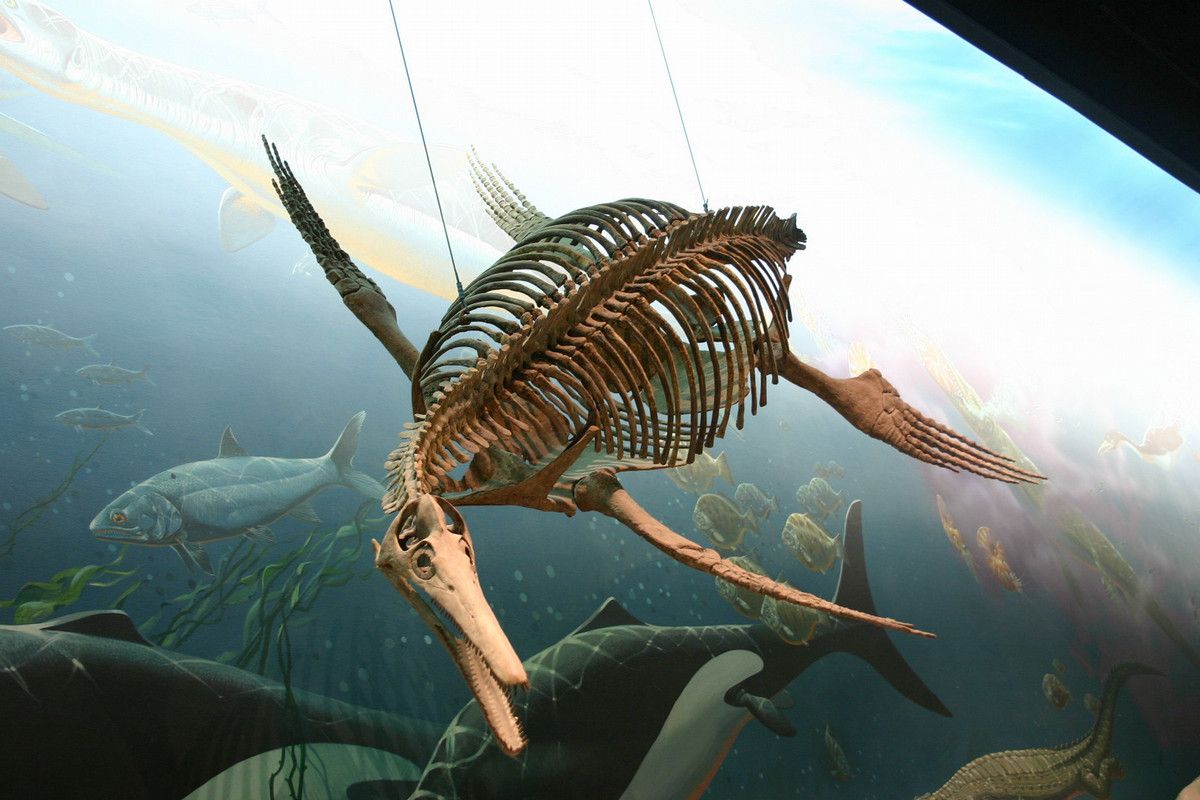In 2020 amateur fossil hunter Justin Reynolds and his eleven year old daughter Ruby were walking along a beach near their home in Somerset, England when Ruby spotted something interesting. It was a chunk of fossilized bone. The two recovered several pieces and contacted a professional paleontologist, Doctor Dean Lomax of the University of Manchester. They soon learned that they had hit the jackpot, and made an important scientific discovery.
The fossil bones were the remains of an ichthyosaur; an extinct form of marine reptile. Ichthyosaurs first appeared in the fossil record two hundred and fifty million years ago and disappeared about ninety million years ago. They evolved from ancestors that were land dwelling reptiles. This would make them much like dolphins and whales that descended from mammals that lived on land.
Long before whales, ichthyosaurs were the first such animals to attain gigantic size. This is what made the Reynolds’ discovery special. In a study published in 2024 an international team of paleontologists reported that the fossil was part of the lower jaw bone of a giant ichthyosaur. It is estimated to be two hundred million years old.
Giant ichthyosaur fossils have been found before in Canada, the United States, Switzerland, and Tibet, with the most complete specimens coming from British Columbia and Nevada. But the paleontologists estimated that this fossil came from an animal about eighty feet long, which was as big as a school bus. This would make it among the largest marine reptiles ever described. The new species was named Ichthyotitan severnensis, which means ‘giant fish lizard of the Severn’.










